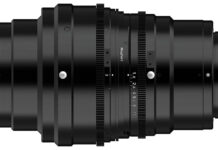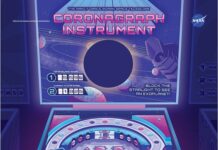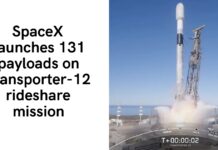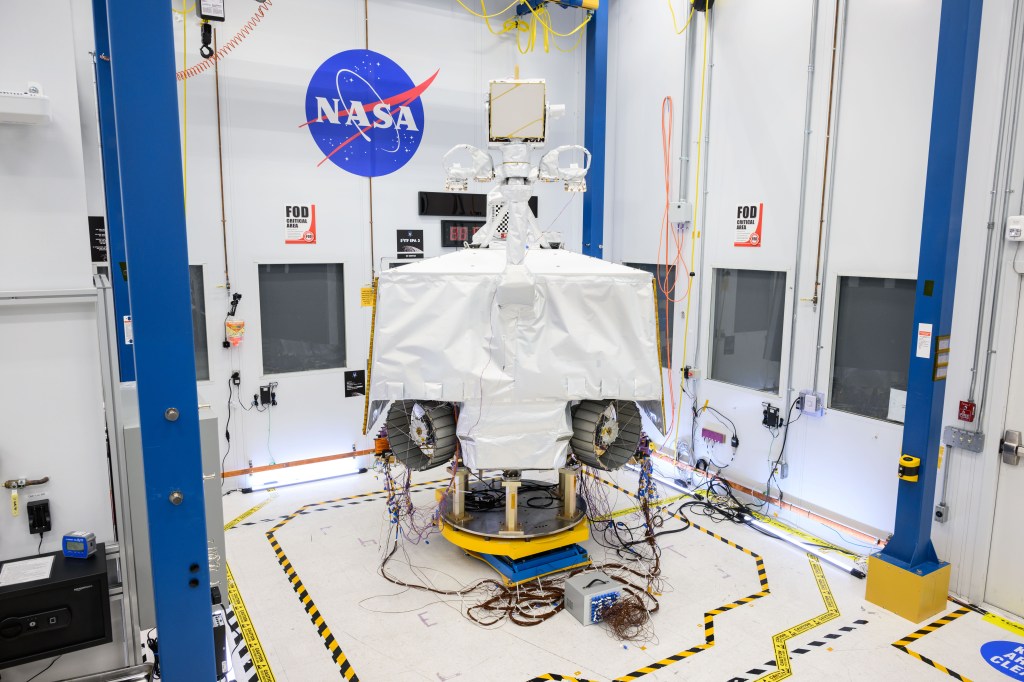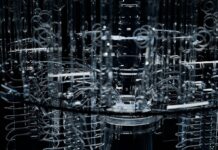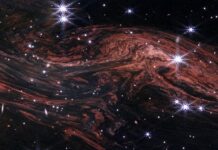In an exciting development for the scientific community and space enthusiasts alike, NASA has announced its intention to collaborate with potential partners to utilize the Volatiles Investigating Polar Exploration Rover (VIPER). The initiative aims to leverage the engineering, technology, and expertise developed through the VIPER project to enhance our understanding of the Moon. Nicola Fox, Associate Administrator for the Science Mission Directorate at NASA Headquarters in Washington, expressed gratitude towards those who have shown interest in partnering with NASA. She emphasized that these partnerships will help advance lunar science and exploration without disrupting the schedule of future commercial deliveries to the Moon.
VIPER: A Game-Changer for Lunar Exploration
The VIPER mission is a crucial part of NASA’s Artemis program, which aims to return humans to the Moon and establish a sustainable presence. VIPER is designed to explore the Moon’s South Pole, an area believed to contain water ice deposits. These deposits are of significant interest as they could potentially be used for life support and fuel in future lunar missions.
Why the South Pole?
The Moon’s South Pole is a region of particular interest due to its permanently shadowed areas, which are thought to contain water ice. Water is a vital resource for human space exploration, as it can be used for drinking, making oxygen, and even producing rocket fuel. By confirming the presence of water ice and understanding its distribution, VIPER will provide essential data that could make long-term lunar habitation feasible.
The Technology Behind VIPER
VIPER is equipped with state-of-the-art instruments designed to detect and analyze the presence of water ice and other resources. These instruments include:
- Neutron Spectrometer System (NSS): This instrument helps detect hydrogen below the Moon’s surface, which can indicate the presence of water or ice.
- Near-Infrared Volatiles Spectrometer System (NIRVSS): This tool helps identify the types of minerals present and can detect water in the form of ice or bound to minerals.
- Mass Spectrometer Observing Lunar Operations (MSolo): This device measures gases that are released from the lunar soil, providing more clues about the presence of water and other volatiles.
- The Regolith and Ice Drill for Exploring New Terrain (TRIDENT): This drill is designed to dig into the lunar surface to collect samples for analysis.
Partnership Opportunities
NASA’s call for expressions of interest opens the door for various organizations to propose how they might use VIPER’s technology and data to further scientific and exploration goals. This initiative is not just about sharing technology but also about fostering a collaborative spirit to push the boundaries of what we know about the Moon.
The Importance of Collaboration
Nicola Fox highlighted the importance of making the best use of the resources developed through the VIPER project. By partnering with other organizations, NASA aims to maximize the scientific return from the mission. This approach ensures that the advancements in engineering and technology benefit a broader community and contribute to a more comprehensive understanding of the Moon.
Potential Benefits of These Partnerships
- Enhanced Scientific Research: Collaborations can lead to new scientific discoveries by combining NASA’s expertise with innovative ideas from partner organizations.
- Cost Efficiency: Sharing resources and technology can reduce the overall cost of lunar exploration missions.
- Technological Advancements: Partnerships can drive the development of new technologies that can be used in future space missions.
- Educational Opportunities: Collaborations with academic institutions can provide valuable learning experiences for students and researchers.
A Future of Continuous Lunar Exploration
One of the key points emphasized by Nicola Fox is that these partnerships will not interfere with NASA’s future cadence of commercial deliveries to the Moon. This means that while VIPER and its associated collaborations will provide valuable data and technological advancements, they will not delay other planned missions. This is crucial for maintaining a steady flow of scientific and exploratory activities on the Moon.
Reactions from the Scientific Community
The announcement has been met with enthusiasm from the scientific community. Dr. Sarah Noble, a lunar scientist at NASA, stated, “The potential for collaboration on the VIPER mission is incredibly exciting. It opens up new possibilities for research and innovation, and I look forward to seeing the groundbreaking work that will come from these partnerships.”
Good to Know: The Artemis Program
For those unfamiliar, the VIPER mission is part of NASA’s broader Artemis program. Named after the twin sister of Apollo in Greek mythology, Artemis aims to land "the first woman and the next man" on the Moon by 2024. The program’s long-term goal is to establish a sustainable human presence on the Moon by 2028. This will serve as a stepping stone for future missions to Mars and beyond.
Conclusion
NASA’s initiative to seek partnerships for the VIPER mission represents a significant step forward in lunar exploration. By harnessing the collective expertise and resources of multiple organizations, NASA aims to maximize the scientific return from the mission. This collaborative approach not only advances our understanding of the Moon but also sets the stage for future exploratory missions.
As the VIPER mission progresses, it will be fascinating to see how these partnerships unfold and what new discoveries they bring. For now, one thing is clear: the future of lunar exploration is brighter and more collaborative than ever.
Stay tuned to our tech blog for more updates on the VIPER mission and other exciting developments in space exploration.
For more Information, Refer to this article.

















